A peek at P.E.I.'s wild, rare orchids
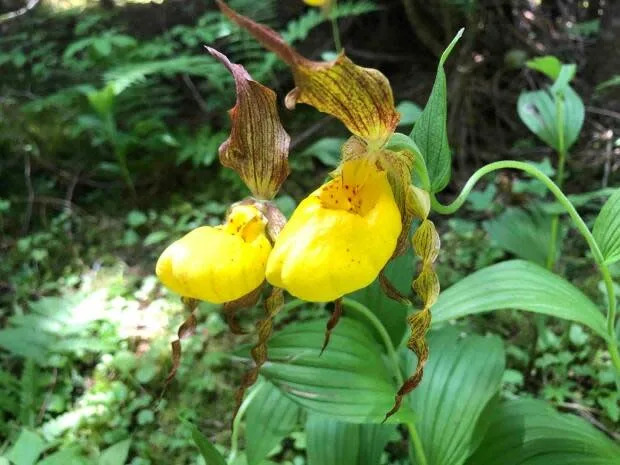
Prince Edward Island's wild orchids are putting on a show, but you'll have to trek to forests or bogs to find the rare flowers.
P.E.I. is best known for its provincial flower, the Pink Lady's Slipper, but did you know there are three dozen species of wild orchids on the Island?
"This is probably one of the best orchid years I've seen in a long time, and I think it's the wet conditions that we've had so far — orchids love moisture," says P.E.I. biologist Kate MacQuarrie.
Orchids bloom on P.E.I. from mid-June to mid-July, with some hanging on till the end of July.
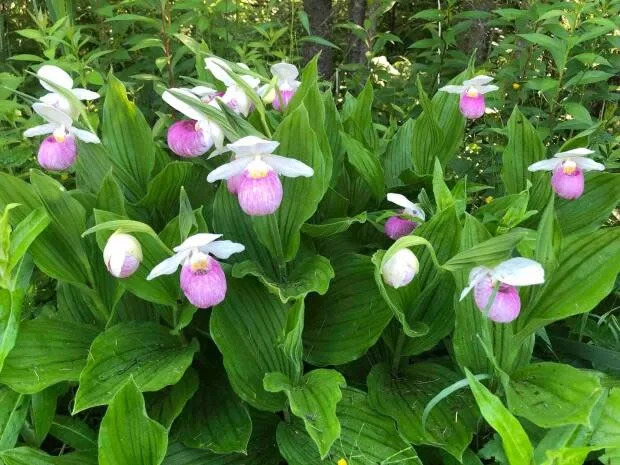
They are found in "orchid hot spots" like bogs and older-growth mixed hardwood forest, MacQuarrie says.
'Really hard to grow'
She won't divulge the exact locations she found these stunning orchids she photographed, however.

"Historically — not necessarily on P.E.I., but globally — there's been issues with people picking orchids and harvesting them, sometimes in large numbers, and that's led to many species becoming rare," she says.
"Orchids are really neat plants in that they're really hard to grow," she explains. When most plants release seeds they include a "food packet" to help the seeds germinate, but orchids don't. They produce huge numbers of seeds — sometimes as many as a million per plant — but they're too tiny to include the food packet. Instead, they partner with fungus in the soil, which is hard for home gardeners to reproduce, and results in very low germination even in the wild.
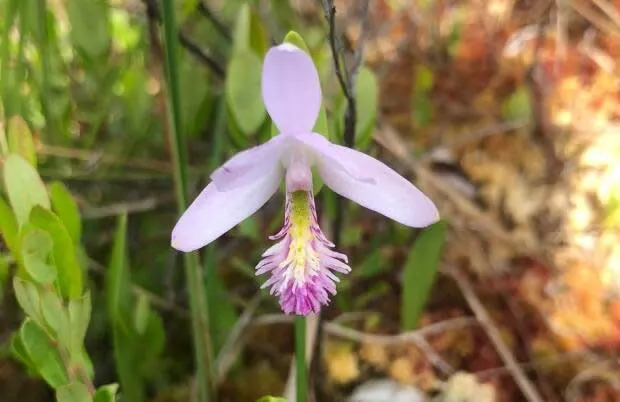
'They're all really rare'
Contrary to popular belief, it is not illegal to pick any of the Island's orchids including Lady's Slippers, she says, but it is not advisable for several reasons.
"They're all really rare," she says. "Take photos, enjoy them where they are, but leave them be."
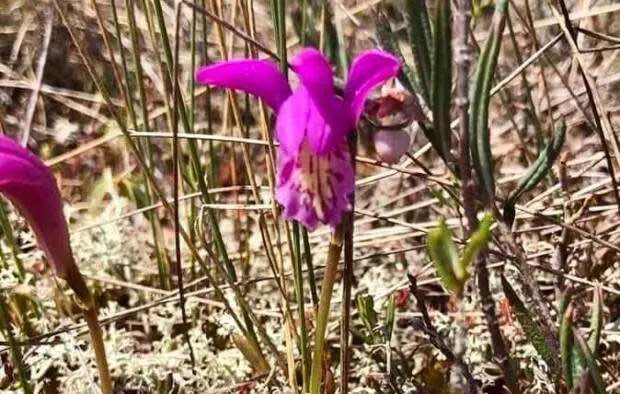
The orchid family is one of the largest and oldest families of flowering plants on this planet, including roughly 28,000 species and dating back some 100 million years, MacQuarrie says, noting they've had a long time to evolve complex and beautiful flowers and reproductive strategies.
She loves how different orchids are and how they've adapted to attract insects. For instance, she says the bulbous "slipper" of the Lady's Slipper is actually a modified petal that's there to trick insects into crawling inside it and pollinating it.
Bearded orchids feature little hairs that are also designed to attract pollinators. Others emit powerful smells that bring in insects, even when the flowers themselves offer no nectar, and some cleverly mimic female insects to trick males into landing and pollinating as they attempt to mate.
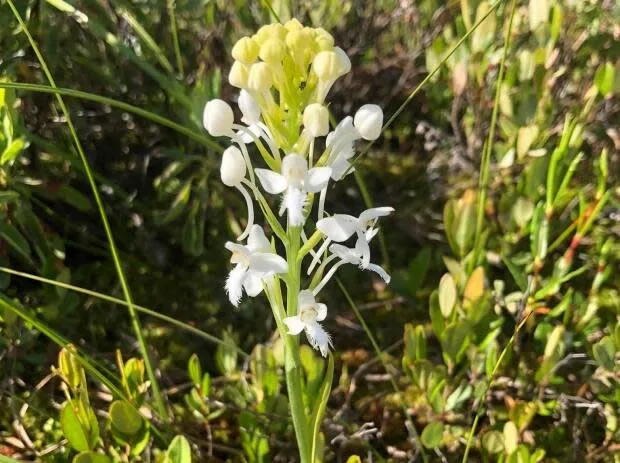
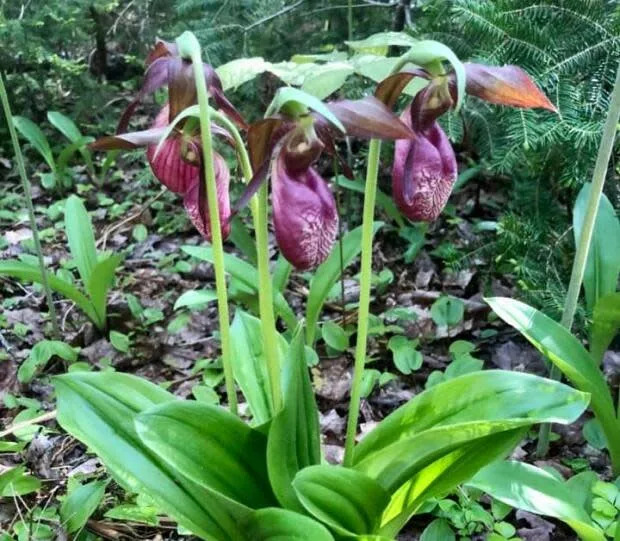
MacQuarrie's favourite orchid is the Yellow Lady's Slipper, the rarest of the Lady's Slippers.
"What I love most about it is it's got these spirals on either side of the slipper that are actually petals as well .... there's just something so aesthetically pleasing about that whole plant."
Yellow Lady's Slippers grow in cedar swamps, so if you like putting on your rubber boots and "mucking about cedar swamps" you'll probably find them, she said.
Wild Irises are plentiful across P.E.I. and although they look similar, they are not an orchid, so if you want to pick wild flowers it's OK to pick irises, MacQuarrie says.
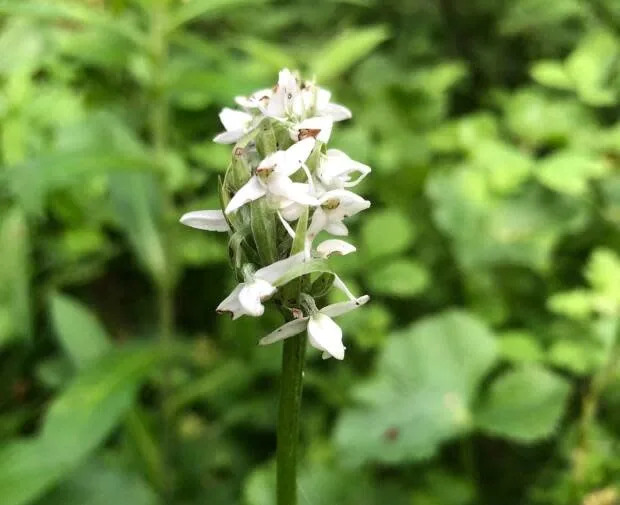
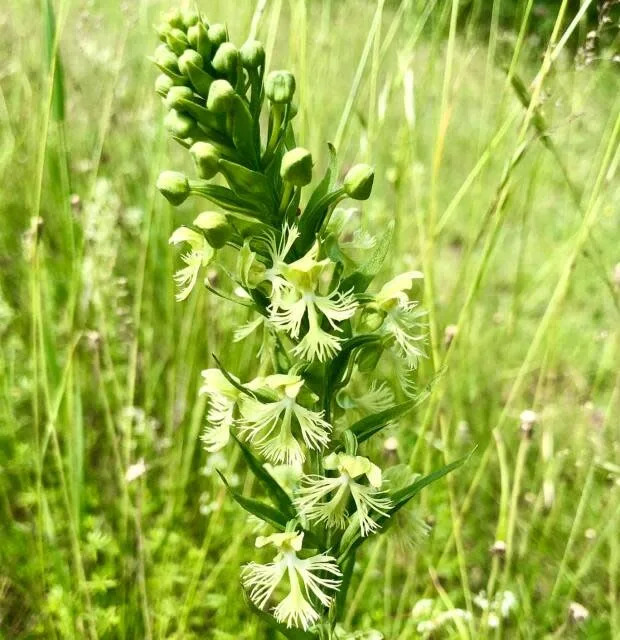
No comments:
Post a Comment